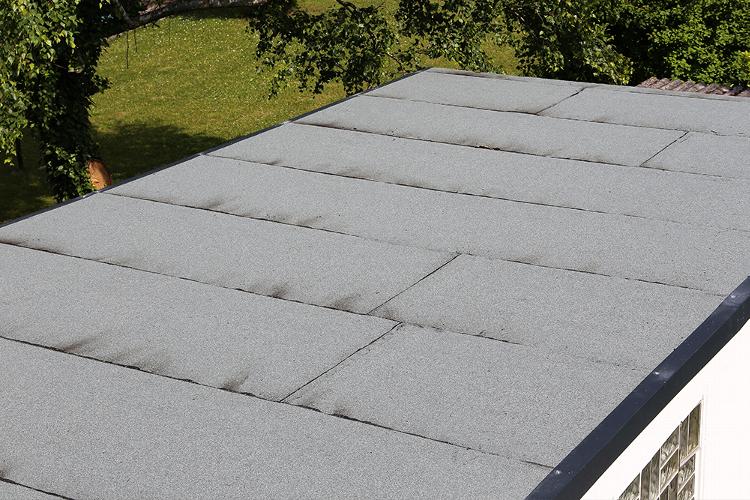When to Replace a Flat Roof: Key Signs and Considerations
Flat roofs are a popular choice for many residential and commercial properties due to their modern aesthetic and space efficiency.
However, like all roofing systems, flat roofs have a limited lifespan and will eventually require replacement. Knowing when to replace your flat roof can save you from costly repairs and potential damage to your property. Here at St Helens Flat Roofing, we've put together a guide to help you determine when it's time to replace your flat roof.
Signs It's Time to Replace Your Flat Roof
1. Age of the Roof
The lifespan of a flat roof varies depending on the materials used. Typically, flat roofs last between 15 to 20 years. If your flat roof is approaching or has exceeded this age range, it's wise to start considering a replacement.
2. Persistent Leaks
While occasional leaks can be repaired, persistent or widespread leaks are a sign that your flat roof may be failing. If you find yourself frequently patching leaks, it's likely more cost-effective to replace the roof entirely.
3. Extensive Ponding Water
Ponding water, or water that remains on your roof for more than 48 hours after a rain, can lead to significant damage over time. If your roof consistently has large areas of standing water, it may be a sign that the roof's structure is compromised and needs replacement.
4. Visible Damage
Inspect your flat roof for visible signs of damage, such as cracks, blisters, or punctures. While small, isolated issues can be repaired, extensive visible damage often indicates a larger problem that may require a full roof replacement.
5. Mold and Mildew
Mold and mildew growth on or inside your property can be a sign of a compromised roof. If you notice persistent mold or mildew, it's crucial to have your roof inspected to determine if a replacement is necessary.
6. Rising Energy Bills
A failing flat roof can lead to poor insulation, causing your heating and cooling systems to work harder and increasing your energy bills. If you notice a significant rise in your energy costs, it may be due to a deteriorating roof that needs replacement.
Things to consider...
Choosing the Right Material
When replacing your flat roof, selecting the right material is crucial for longevity and performance. Common flat roofing materials include:
- EPDM (Ethylene Propylene Diene Monomer): Durable and weather-resistant, EPDM is a popular choice for flat roofs.
- TPO (Thermoplastic Olefin): Known for its energy efficiency, TPO reflects sunlight and reduces cooling costs.
- Modified Bitumen: This material is known for its durability and is ideal for areas with extreme weather conditions.
- PVC (Polyvinyl Chloride): Resistant to chemicals and weathering, PVC is a long-lasting roofing option.
A flat roof replacement is a significant investment, and professional installation is crucial for ensuring the job is done correctly. Hiring a reputable roofing contractor, like St Helens Flat Roofing, ensures your new roof is installed to the highest standards, providing long-lasting protection for your property.
If you're experiencing persistent leaks, extensive visible damage, or your roof is nearing the end of its lifespan, it may be time for a replacement. At St Helens Flat Roofing, we provide expert flat roof replacement services, ensuring your new roof is installed to the highest standards.
For more information or to schedule a consultation. Protect your property with a high-quality, professionally installed flat roof that stands the test of time.
